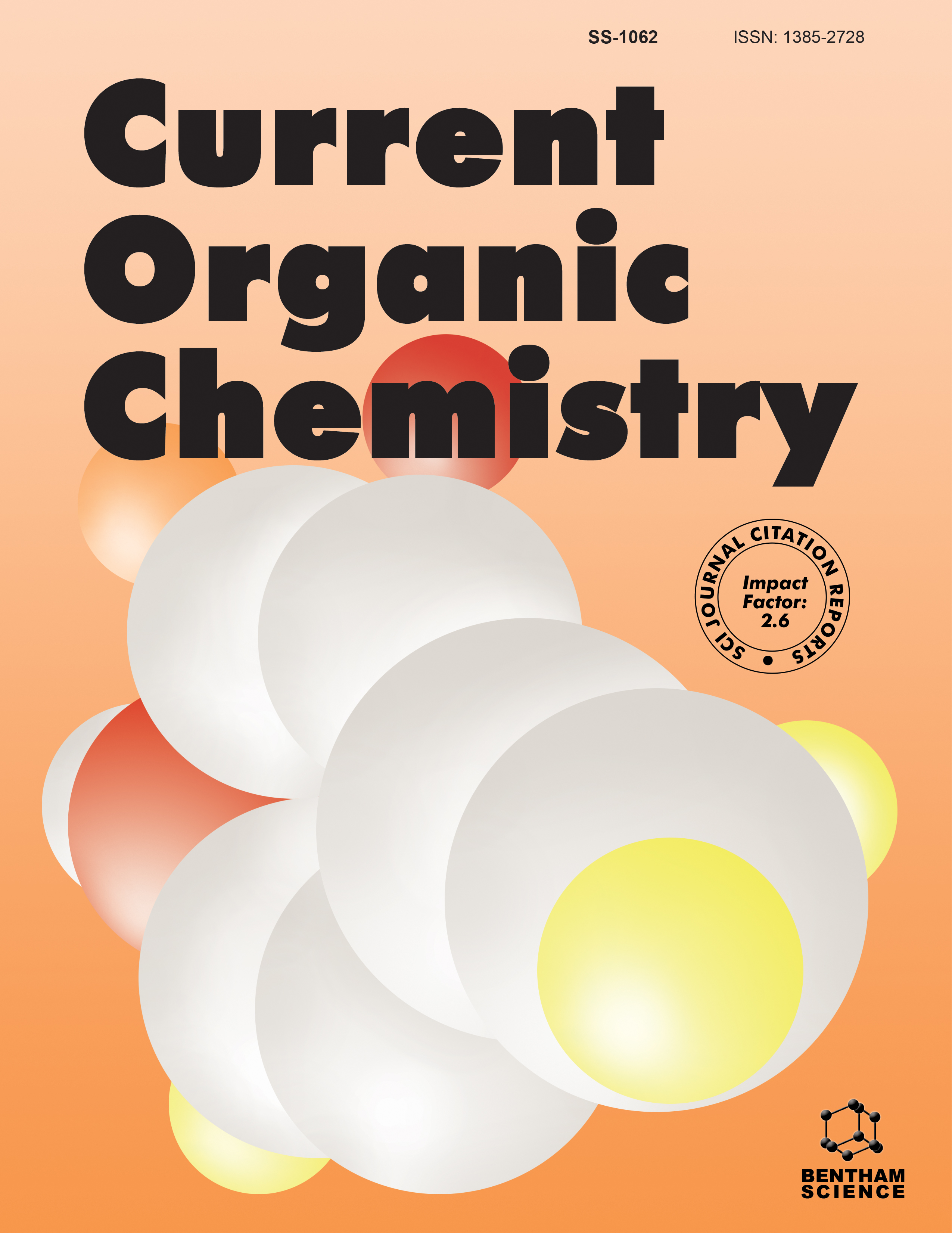-
oa Editorial [Hot Topic: Designing DNA Probes (Guest Editor: Chunhai Fan)]
- Source: Current Organic Chemistry, Volume 15, Issue 4, Feb 2011, p. 445 - 445
-
- 01 Feb 2011
- Previous Article
- Table of Contents
- Next Article
Abstract
DNA detection is among the most important and fundamental techniques in molecular biology. More significantly, detection of DNA targets is increasingly important in various application areas such as medical diagnostics, food safety and antibioterrorism. While there have been numerous DNA assay kits in the market, mostly based on polymerase chain reactions (PCR), there have been ever-growing efforts to develop new DNA detection methods to meet the requirements of high sensitivity, high speed and low cost. It is the motivation of this special issue, focused on “Designing DNA probes”, to provide readers a range of new technologies emerging in this area within ten reviews. These approaches might seem to be novel for biologists as they mostly rely on non-traditional approaches such as nanotechnology and functional materials. We hope the introduction of these new and relatively immature technologies will bring new viewpoints in this important area, eventually leading to breakthroughs that will greatly contribute to the society. Since the invention of PCR by Kary Mullis, which awarded him Nobel Prize in chemistry in 1993, this technology has become the paradigm in nucleic acid tests (NATs) due to many unprecedented advantages, particularly unparalleled sensitivity. Despite that, there have been long-lasting efforts to optimize PCR protocols in order to increase its specificity and robustness that hampered its widespread applications in the history. Along this direction, Mi et al. reviewed recent progress on nanomaterials-enhanced PCR protocols in this special issue [ref. 1]. Despite the predominant role of PCR, hybridization-based DNA detection is superior in specificity due to the extremely high recognition specificity of Waston-Crick base pairing. In this issue, several groups presented a range of complementary DNA sensing technologies, including electrochemical DNA sensors [refs. 2,3], cantilever-based mechanical DNA sensors [ref. 4], conjugated polymerbased fluorescent DNA sensors [refs. 5,6] and colorimentric detection with vesicles [ref. 7]. Aptamers are a class of novel functional nucleic acid structures that was discovered in early 1990s. The discovery of aptamers reveals a new function of nucleic acids, high target recognition ability and affinity, which was traditionally regarded as the unique property of proteinbased antibodies. Aptamers are selected via an in-vitro evolution method dubbed SELEX (Systematic Evolution of Ligands by Exponential Enrichment). Two groups reviewed recent progress on aptamer-based detection that extends the range of DNA detection to virtually any target detection with aptamer-based sensors [refs. 8, 9]. The unparalleled recognition ability of DNA makes it possible to construct DNA nanostructures with high precision and design flexibility. Consequently, DNA nanotechnology has emerged as a highly promsing area in nanotechnology. In this context, DNA is regarded as a one-dimensional nanowire rather than a piece of “gene” with biological functions. Despite that, recent studies have well demonstrated that DNA nanostructures can be adapted to serve as platforms for DNA detection. In the last review article of this issue, Zhang et al. reviewed recent progress on design and fabrication of DNA nanostructures, and the application of DNA nanostructures in biodetection [ref. 10]. Clearly, while this special issue provides exciting developments in the area of DNA detection, we could only present a limited number of snapshots for this highly promising area, much less than we would like to cover. Despite that, I feel it a great honor for me to have this chance to compile so many excellent reviews from leading experts from different countries in this special issue. I hope (and believe) readers from many areas including chemistry, materials, biomedical science, nanotechnology would benefit from this special issue and may, hopefully, be inspired to contribute to this exciting area. Last but not least, I would like to appreciate the hard work from all authors and, certainly, the kind help from the editorial office of Current Organic Chemistry.


